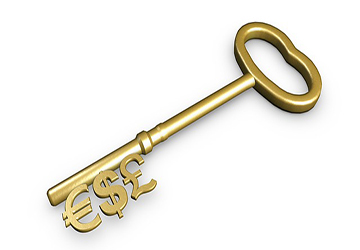Are BMWs expensive to maintain?
Most people might think of BMW when you mention the idea of "German engineering" in the automobile industry. It's true that BMW produces some of the most impressive and capable premium cars on the market. It's hardly surprising that numerous BMW models appear on automobile wish lists.
Most people are aware that buying a BMW isn't inexpensive because it's a luxury brand. However, many people also make the error of focusing solely on a BMW's price without considering maintenance.

Are BMWs costly to repair, then?
Although it's all just an assumption, we believe that well-maintained BMWs are not fundamentally costly if you adhere to the manufacturer's recommendations. The issue is that BMWs are not adequately maintained.
First off, most vehicles require relatively minimal maintenance to reach 70–100K miles. BMW was among the first automakers to realize that having high residual values enabled them to provide affordable leases. This realization eventually led to the development of their Certified Pre-Owned program, enabling BMW to make money on at least two transactions over a car's lifespan.
BMW offers a complimentary maintenance program for its new vehicles that enables them to execute the right amount of maintenance on the vehicles to keep them running for the duration of their Certified Pre-Owned warranty. For instance, BMW claims that the "lifetime" fill on its differentials doesn't require a drain plug. The 6-speed ZF automatic transmission makes a similar claim about having a "lifetime" fill, but other manufacturers with the same gearbox advise changing the fluid every 30 to 50 thousand miles. An automatic gearbox that has not had its fluid changed does not immediately fail, but it might cost between $80 and $100 in repairs.

This is made worse by the highly particular nature of BMW components; on a BMW, many fixes that a questionable mechanic might carry out quickly on a regular vehicle could necessitate a trip to the dealer. For instance, a dealer must register a new battery to the car's computer before replacing the battery in a 3-series. This isn't the result of a plot; numerous BMW automobile components are overengineered. Most of the cockpit buttons, which would be basic switches in another vehicle, are local area network connections on the BMW.
Multiplexed networks were first used in automobiles with the BMW 850i, which quickly became popular. Therefore, almost every component, such as the turn signal stalk, is a network device that interacts on a 10 Mbit/sec bus rather than a straightforward mechanical switch. As a result, there is less wire, but the switches are more expensive. The advantage of this situation is that the car has complete control over almost everything. For example, the car may estimate the battery's charge level and turn off features if it believes doing so will cause the charge level to drop too low and prevent the car from running. Although this is usually not a problem, modern automobiles are so advanced that engineers have come up with inventive solutions to seemingly unimportant issues.











